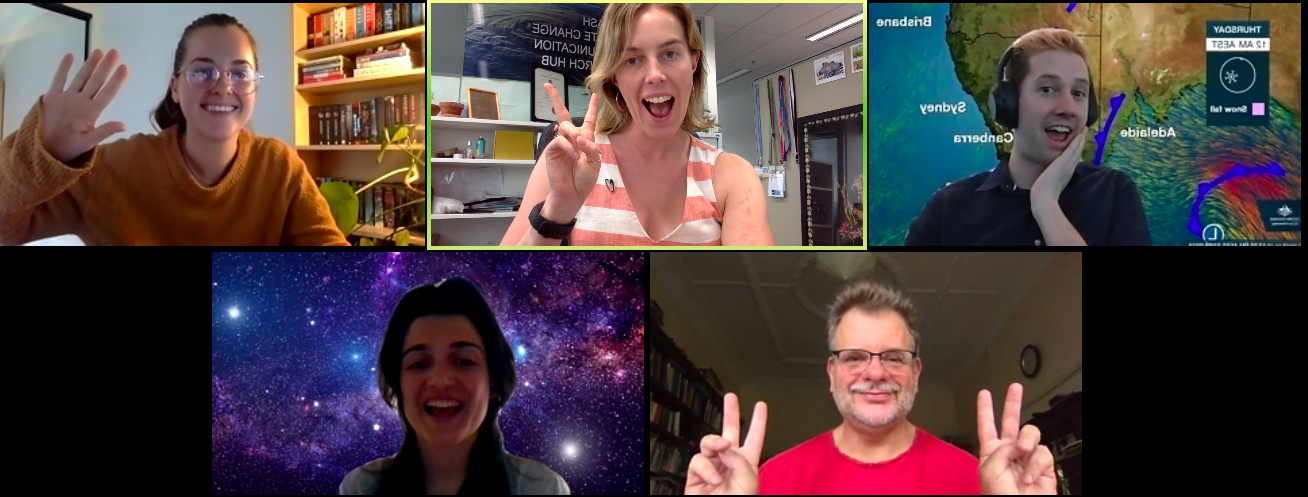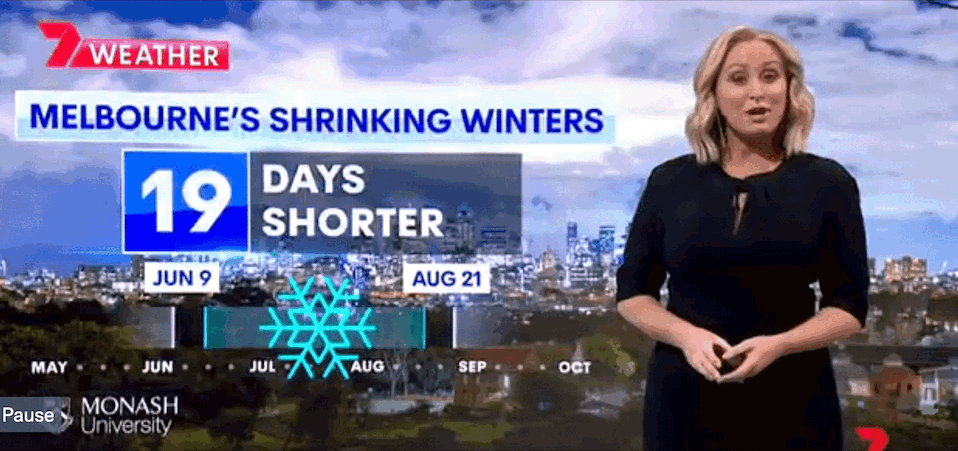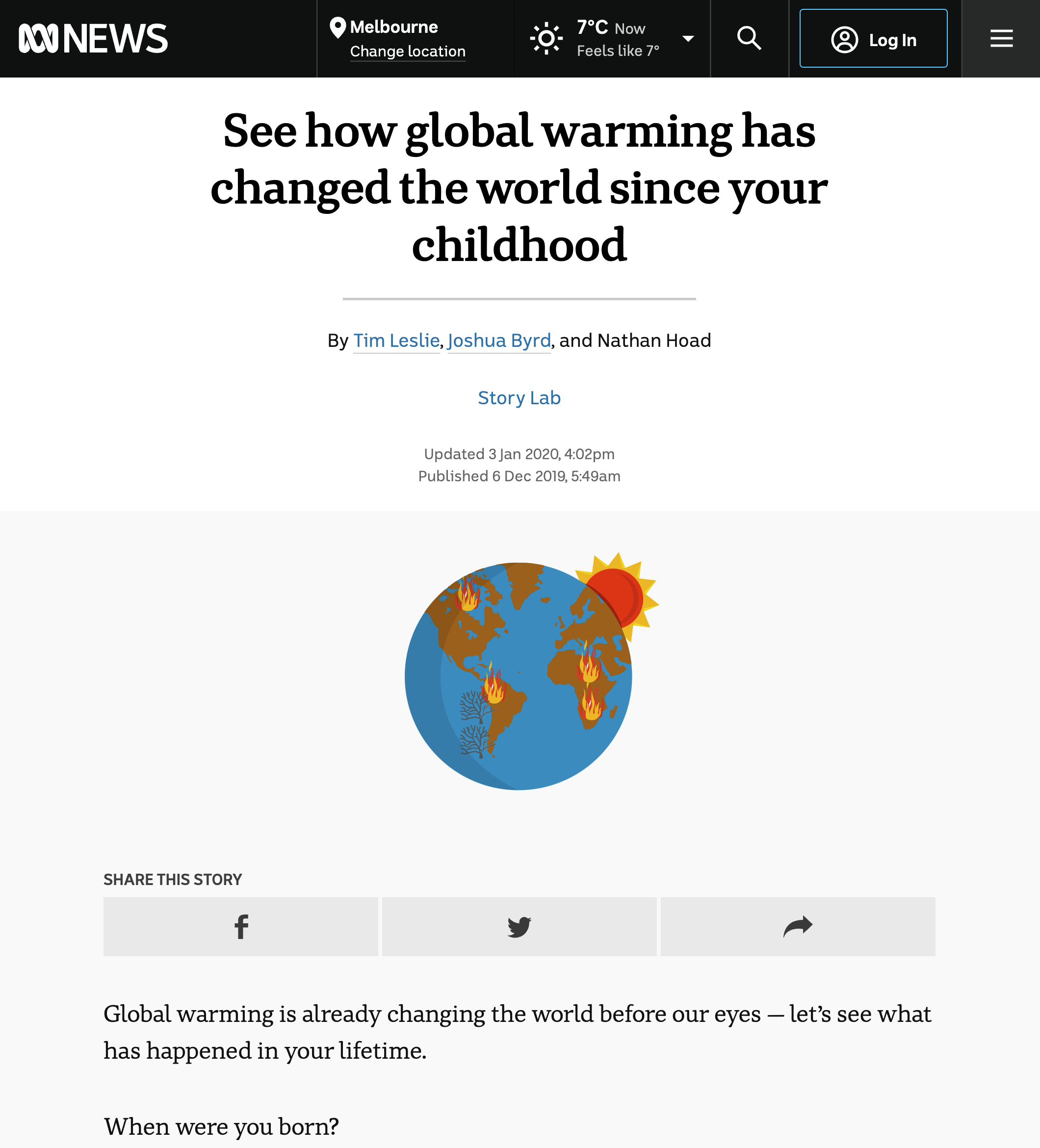Climate stories
With, and around, data
JAMES GOLDIE
Data and Digital Storytelling Lead, 360info
Today
- Why should I tell stories?
- Prime considerations for comms
- Handling jargon in climate stories
- Conclusions
Slides
https://ssa2022.talks.jamesgoldie.dev
(Code for these slides is at https://github.com/jimjam-slam/talk-ssa-2022)
Hi!
360info is an open access global information agency that tackles the world’s biggest challenges and offers practical solutions.
Open data @ github.com/360-info
Why should I tell stories?
Scientists are trusted
Sources of climate change news you trust (n = 2038)
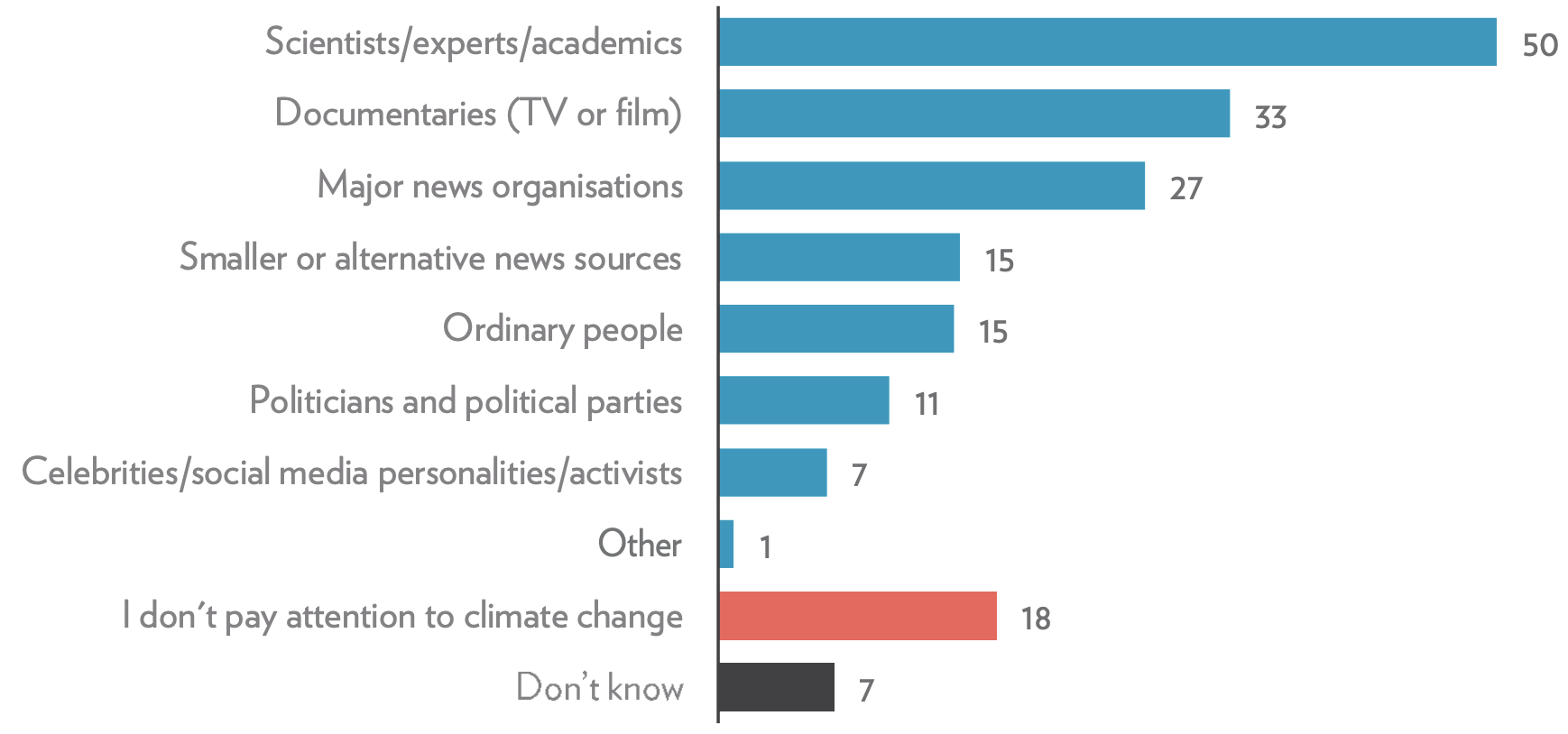
Barchart showing various sources of information on the Y-axis and the fraction of surveyed people who trust them to deliver climate change information on the X-axis.
The chart challenge
"Interpretation of graphical representations requires a relatively advanced skill set, and may therefore serve to distance some potential audiences.
“Furthermore, [charts and graphs] lack the perceived realism of photographic images, potentially rendering them less memorable and less likely to be perceived as “truth.”
Rebich-Hespanha (2014), investigating the use of visuals in the media
But charts can break through
Climate Stripes by Ed Hawkins (showyourstripes.info)
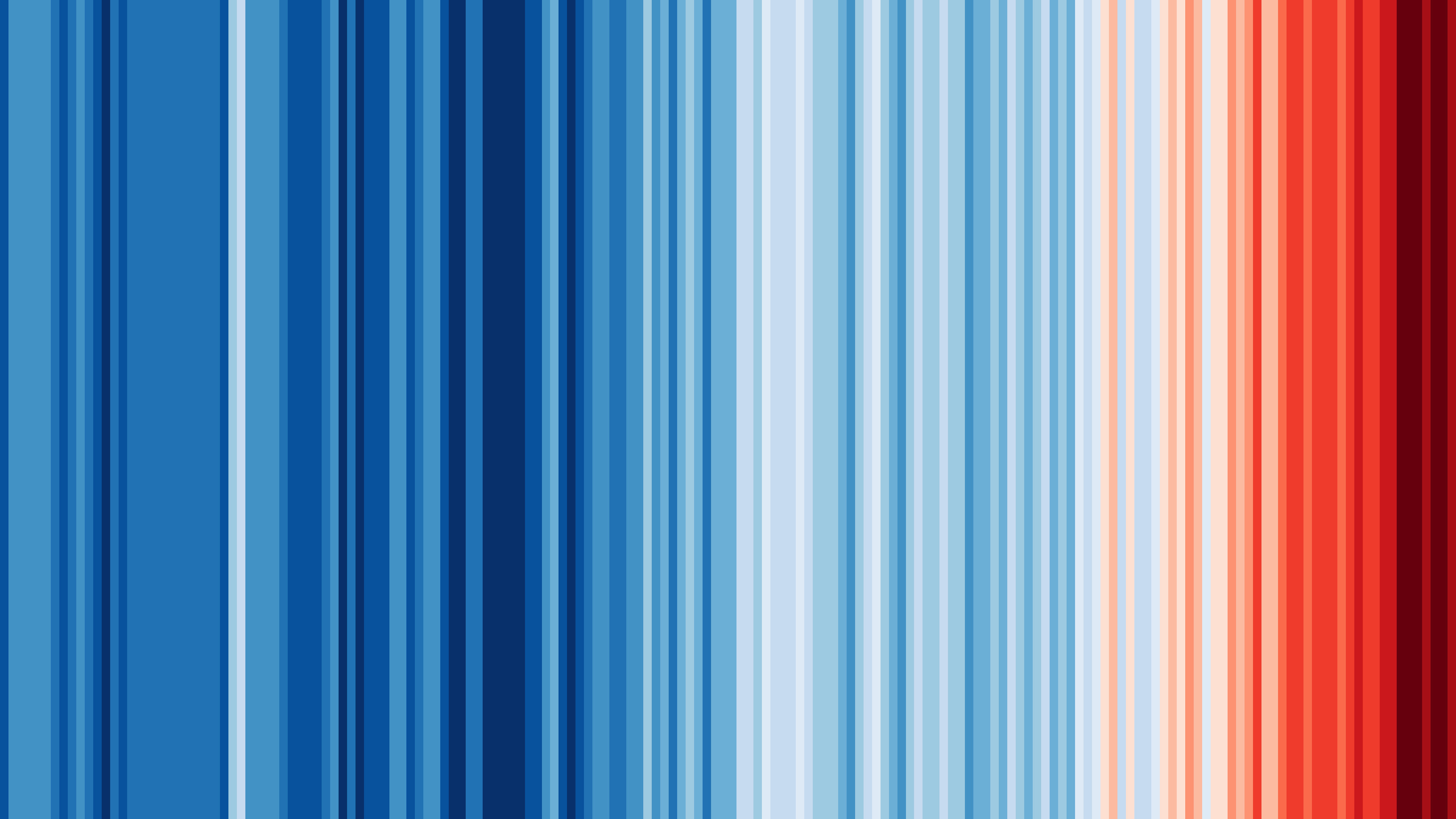

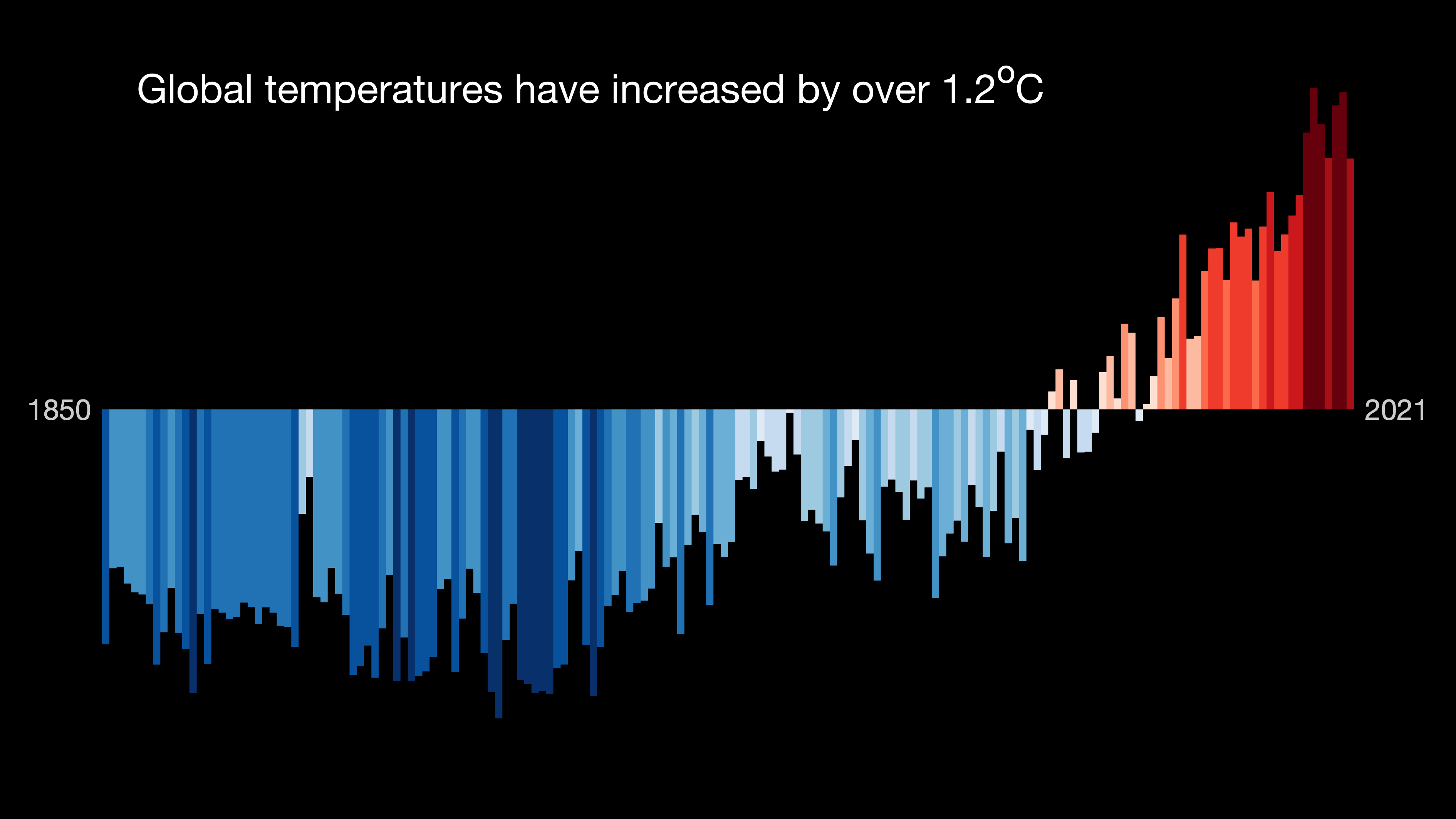
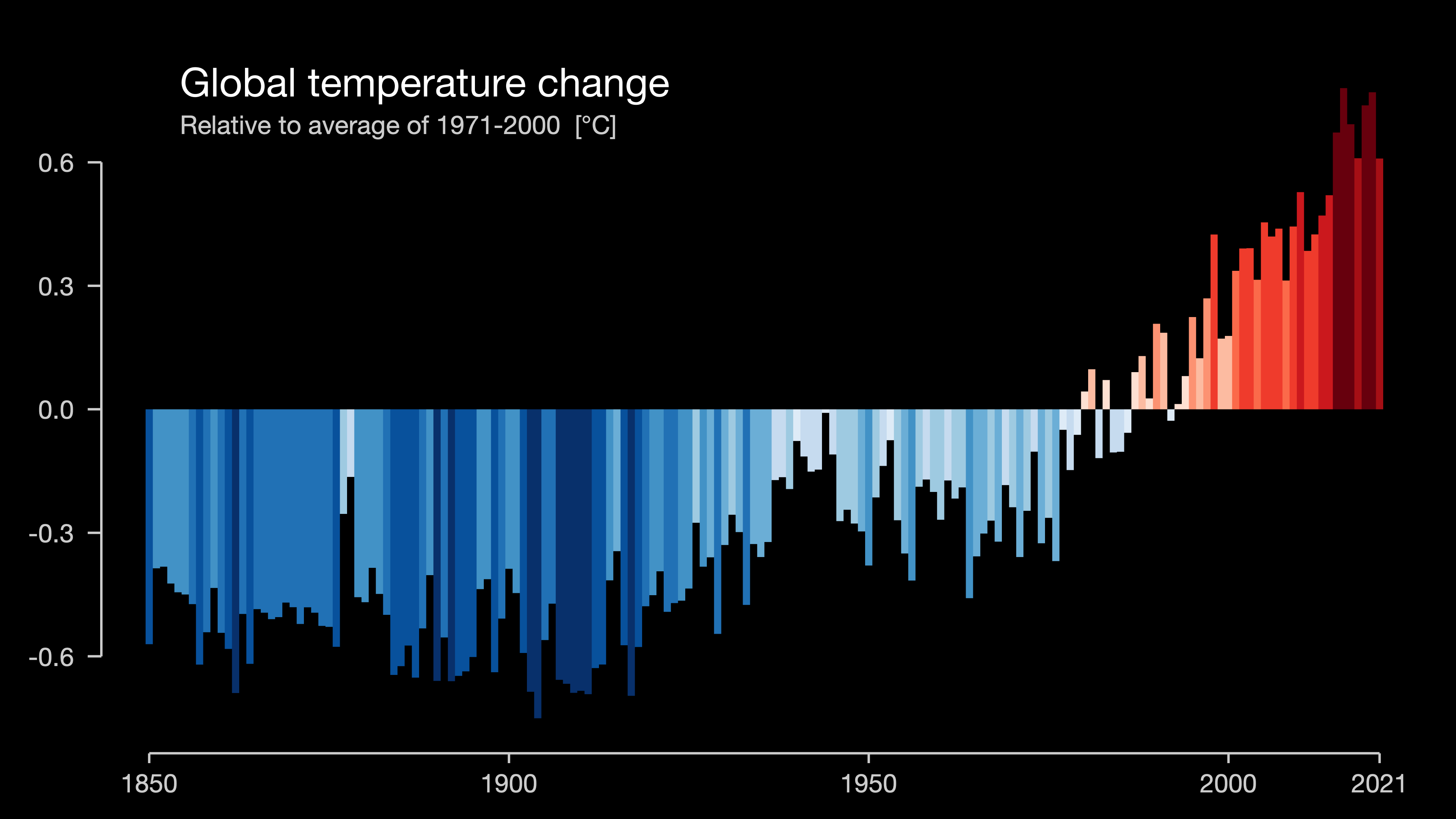
As researchers, you have the opportunity to build social consensus for a policy action, for change or to just help people understand
(It’ll help you talk to your colleagues, too!)
Prime considerations
Who’s your audience?
The public?
Audience at a university event?
Funders?
Peers/colleagues?
What kind of training do they have?
What are they interested in?
How much time do they have?
What’s your purpose?
Helping people evaluate a policy?
Changing individual behaviours?
Convincing your colleagues to change their analyses?
Convincing funders to 💰?
Advising people in an an emergency?*
* do not do this without specific training!
What’s the point?
Point ≠ purpose: it’s the point for the reader
Avoid a “so what?” moment
What does that mean for a visual?
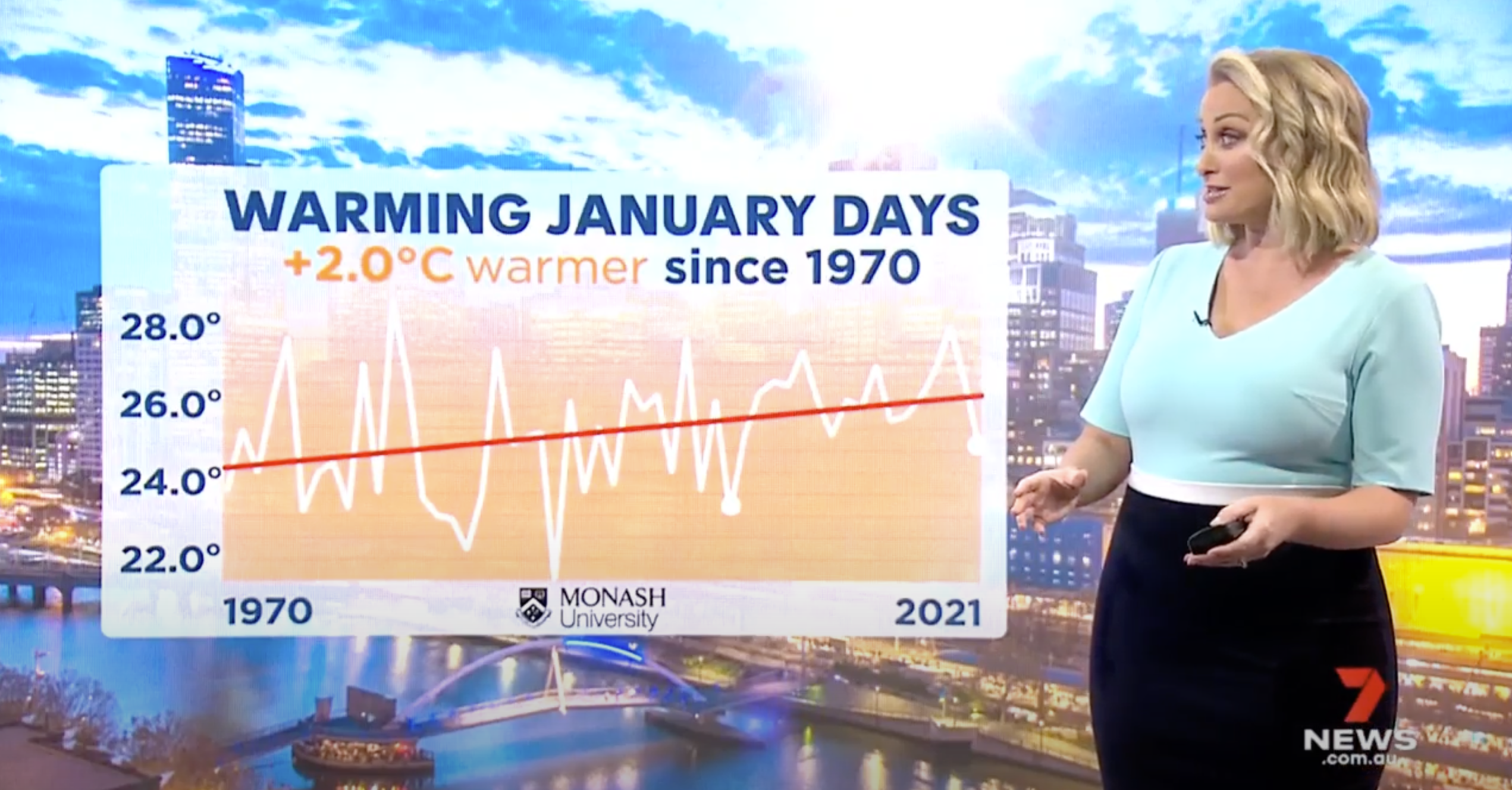
Audience: the public?- Audience: evening news audience
- Time: about 7 seconds
- Our purpose: present evidence of climate change
- Our point: summer days warming up near you
What does that mean for a visual?

Primary messages
- Trend line up
- Getting warmer
Secondary messages
- Year-to-year variability
- Length of data record
Jargon in climate stories
Relating climate to weather
Jargon
daily maxima
maximum daily maximum
area-averaged temperature
(Possible) alternative
daytime temperatures
hottest day
temperature across Australia
Trickier jargon
eg. extreme rainfall
Num. days ≥ fixed threshold
Num. days ≥ historical quantile
% total rain falling on those days
Rainiest 3-day stretch
Rainiest 5-day stretch
etc.
Conclusions
Your expertise is trusted
Think about audience, purpose and point
Reduce jargon…
but keep your aims in mind
Thanks for listening!
Questions?

